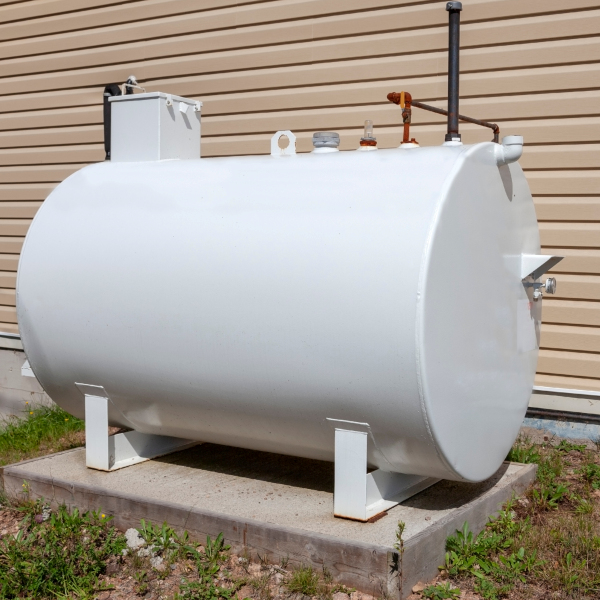Oil tanks are often ignored by homeowners, however they are crucial to the safety and function of their houses. Homeowners are accountable for the care and maintenance of their heating system and storage containers for oil. Neglecting your responsibility could create grave environmental and financial problems in the future.

When it comes time to maintain oil tanks, it’s important to know when it’s the best time to purchase a new tank. While proper maintenance can extend the lifespan of an oi l tank, at some point it will be necessary for them all to be changed. Costs to replace an oil tank can differ based on a variety of factors, such as the size and type of tank, the location of the tank, and the complexity of the installation.
The price for replacing the tank for 275-gallon can vary from $1500 to $3600, dependent on the factors discussed. However, it is crucial to keep in mind that certain expenses for installation might not be included in this estimation including permits, labor, and disposal of the old tank.
The expense of tank replacement can seem daunting, but it’s important to consider the costs in ignoring a failing tank. Leaks in an oil tank can cause significant environmental damage, as well as fines, and legal responsibility for the owner of the property. A failing tank may also lead to heat loss during winter, which is risky and expensive to fix.
To prevent this from happening for avoiding this, you must perform regular inspections and maintenance of your oil tank. This includes annual visual inspections, and regular cleaning and checking for leaks. To avoid expensive repairs, you should address any issues as soon they become apparent.
There are several options for selecting an alternative oil storage tank. The most commonly used types of tanks for oil are above-ground and below-ground tanks. Above-ground tanks are generally less expensive and easier for installers to put up however, they may appear intrusive. Installing below-ground tanks is more costly, however they have a more discreet appearance.
To ensure a safe installation it is important to select an established company and has experience in replacing oil tanks. A professional installer will not only make sure that the tank is set up correctly, but will take care to properly dispose of the old tank, as well as all harmful materials that are involved in the installation.
In addition to regular maintenance and a proper installation Property owners also can also take advantage of other ways to prolong the life span of their oil tank. They include:
1. Keeping the tank full: Keeping the tank full can assist in stopping condensation from forming within the tank, which can lead to corrosion.
2. By using high-quality fuel, quality fuel can prevent sediment buildup in the tank which can cause corrosion and clogs in fuel lines.
3. Keep the area around your tank clean. By keeping the area clear of dirt, you’ll prevent damage to your tank. You will also find it easier to check and maintain.
4. Checking for leaks regularly can help you identify the problem earlier and stop it from becoming costly.
The replacement of an oil tank is a very crucial issue for anyone who owns a home that has an heater that is fired by oil. The cost of replacing a tank can vary depending upon a variety of variables. In the end, not addressing the condition of a tank could cause serious financial and environmental damage. Regular inspections, maintenance and selecting a skilled and reliable installer will ensure that your tank is installed in a safe manner and has reliable heating.
For more information, click how much does it cost to replace an oil tank